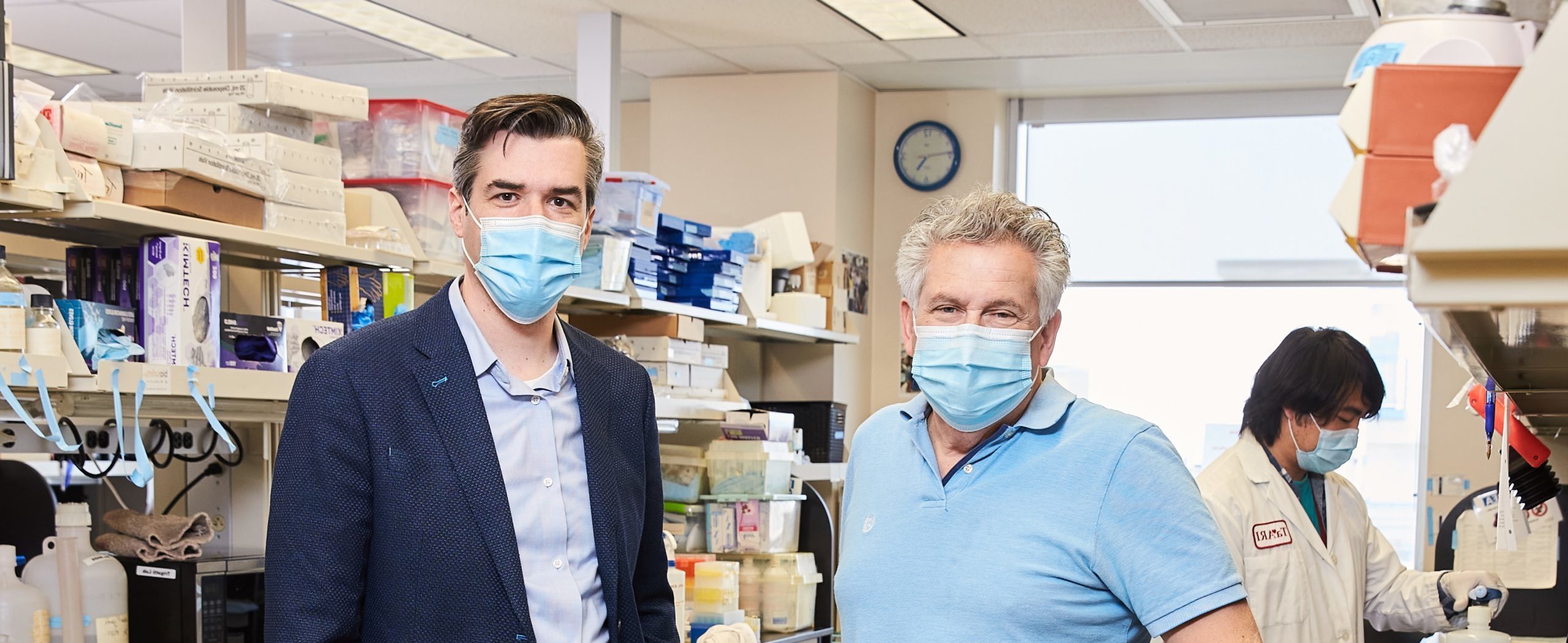Strategic Translational Research In Vascular HEalth (STRIVE)
Translational research, known as “bench to bedside, and its reverse, “bedside to bench,” is at the heart of a new program to strengthen the integration of clinical and population research done at PHRI with the fundamental research done at the Thrombosis and Atherosclerosis Research Institute (TaARI.)
In many instances, biological pathways identified by TaARI have not been evaluated clinically by PHRI. Conversely, most clinical findings emanating from PHRI research have not been mechanistically investigated by TaARI.
To address this gap, the STRIVE program has been launched. it is a unique, integrated basic and clinic research program to address unmet medical needs in our community and beyond.
STRIVE is led by Guillaume Paré, Director of the CRLB-GMEL and Deputy Director, TaARI, and Senior Scientist at PHRI. Paré is supported by Jeffrey Weitz, Director, TaARI, and Hertzel Gerstein, Deputy Director, PHRI.
The overarching aim is to identify new mechanisms for disease causation, disease targets and to create novel diagnostic, preventive and therapeutic strategies through scientific collaborations between PHRI and TaARI.
PHRI and TaARI, both headquartered in the David Braley Research Institute building in Hamilton, Canada, have collaborated for some time.
Translational research activities the program will support
- A gene or biomarker identified in clinical studies will be tested in cell-based or animal studies to discover its mechanism of action and ultimately, to identify potential interventions. Although the genetics program at PHRI has already identified many such genes and biomarkers, the functions of these remain largely unknown.
- Disease pathways identified and characterized by TaARI investigators will be clinically evaluated in PHRI-led studies. This could be done through development of blood biomarkers that can be readily tested using the large number of urine, blood and genetic samples diligently collected over two decades and linked to a range on outcomes in more than 100,000 individuals.
- Studies of HHS patients with unusual clinical presentations. Collection of biological specimens enable testing pathophysiological hypotheses using laboratory and model systems. Patients suffering from similar conditions can be identified in clinical databases and/or through investigation of stored samples.
- A clinical trial demonstrates that a particular therapy improves clinical outcomes.







